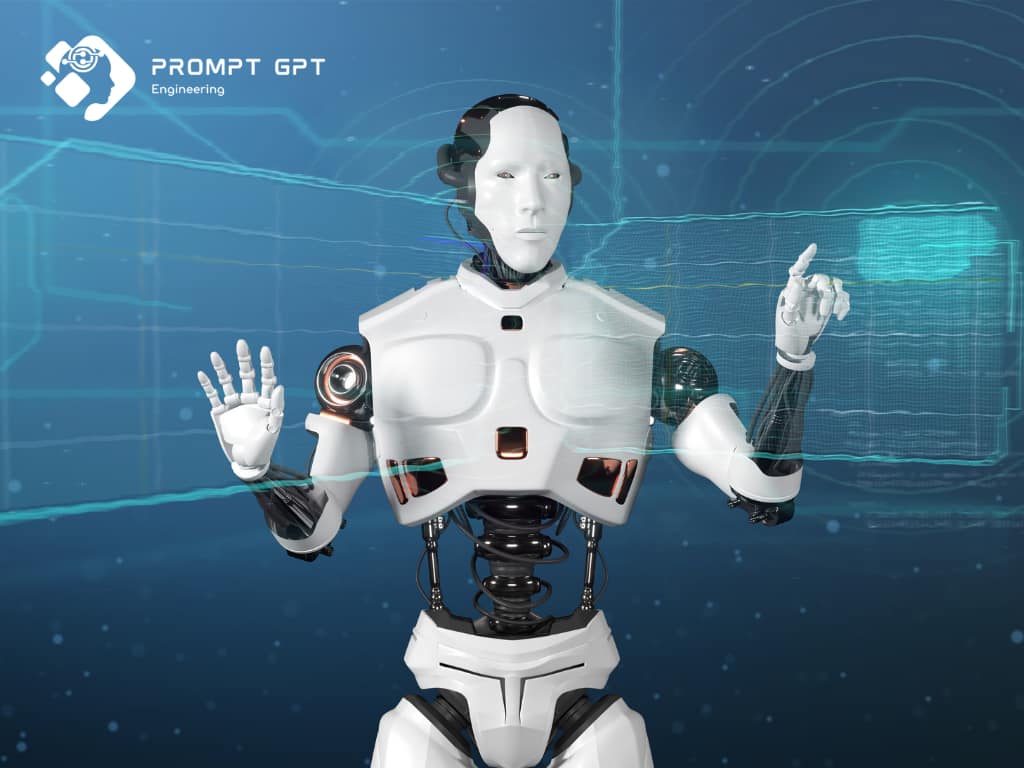Prompt engineering is rapidly becoming a cornerstone of artificial intelligence development, particularly as AI systems grow more sophisticated and widespread. This niche area of AI focuses on crafting inputs (prompts) that guide AI behavior to generate more accurate and relevant outputs. The evolution of this field is critical because the effectiveness of AI responses significantly depends on the quality and structure of the input prompts. As AI becomes integral to more industries, the demand for skilled prompt engineers is expected to surge, reflecting the need for refined human-AI interactions.
Role in Australian AI Ecosystem
In Australia, prompt engineering is playing a pivotal role in shaping the AI ecosystem. It is not only enhancing how businesses interact with AI technologies but also driving innovation in sectors like healthcare, finance, and customer service. By improving the precision of AI through advanced prompt engineering, Australian companies are able to deploy AI solutions that are both innovative and aligned with specific business objectives, thereby setting a new standard for AI applications domestically.
Advancements in LangChain Development
What is LangChain?
LangChain development is an open-source framework designed to simplify and enhance the development of language-based AI applications. It allows developers to integrate various language models and tools efficiently, providing a structured way to build applications that can understand and generate human-like text. LangChain’s importance in AI stems from its ability to bridge different AI components, making it easier for developers to create complex systems that can perform a wide range of language tasks.
Impact on Prompt Engineering Practices
The integration of LangChain in prompt engineering is revolutionizing the field by enabling more dynamic and context-aware AI interactions. In Australia, developers are using LangChain to craft more nuanced prompts that can guide AI systems to understand context better, adapt to conversational nuances, and deliver responses that are not only accurate but also contextually appropriate. This enhances the capability of AI applications in understanding and responding to human inputs in a more natural and effective manner.
Evolution of Large Language Models (LLMs)
Overview of LLMs
Large Language Models, or LLMs, are at the forefront of AI technology, known for their deep learning capabilities that parse and generate human-like text based on vast amounts of data they have been trained on. These models, such as GPT (Generative Pre-trained Transformer) and BERT (Bidirectional Encoder Representations from Transformers), are fundamental in tasks that involve natural language understanding and generation.
Integration with Prompt Engineering
LLMs are increasingly dependent on sophisticated prompt engineering to fine-tune their outputs. In Australia, the integration of prompt engineering with LLMs is enabling AI systems to achieve higher accuracy and relevance in tasks like content creation, customer support, and even complex problem-solving. By carefully designing prompts, engineers can guide these powerful models to produce desired outcomes, reducing errors and enhancing the reliability of AI systems in practical applications.
Technological Innovations Shaping Prompt Engineering
New Tools and Platforms
The landscape of prompt engineering is continually evolving with the development of new tools and platforms that enhance the creation and management of prompts. Innovations such as AI-driven interfaces and platforms that allow for more intuitive design of prompts are becoming increasingly prevalent. Tools like LangChain are pioneering this space by providing frameworks that integrate various AI models, making it easier for engineers to deploy and test prompts in real-world scenarios. These platforms not only streamline the process but also enhance the capability to experiment with and refine AI behaviors in a controlled environment.
Automation in Prompt Creation
Automation is playing a crucial role in transforming the field of prompt engineering. Advances in machine learning algorithms are now enabling the automated generation of prompts based on predefined objectives and contexts. This shift towards automation helps in scaling the use of AI by reducing the dependency on manual input, thereby increasing both efficiency and effectiveness. Automated systems can analyze vast datasets to suggest or refine prompts that are more likely to yield accurate and relevant AI responses. This not only speeds up the development cycle but also enhances the quality of interactions facilitated by AI systems.
Predictions for Prompt Engineering in the Next Decade
Expert Insights
Leading experts in AI and machine learning are optimistic about the future of prompt engineering. They predict that as AI becomes more embedded in our daily lives, the demand for more sophisticated prompt engineering solutions will grow. Experts foresee a significant shift towards more adaptive AI systems that can understand and react to context changes dynamically, much of which will be driven by advancements in prompt engineering. The focus is expected to move from static prompt design to dynamic and interactive prompt systems that evolve based on continuous learning and interaction patterns.
Potential Breakthroughs
The next decade may witness several breakthroughs in prompt engineering that could fundamentally change how we interact with AI. One of the potential innovations could be the development of universal prompts that can adapt across different AI systems without the need for significant retraining. Another area of potential breakthrough is in the use of natural language understanding (NLU) within prompts to achieve deeper comprehension of nuances in human language. Additionally, the integration of emotional intelligence in AI through advanced prompt engineering could lead to more empathetic and contextually aware AI assistants.
Challenges and Opportunities in Prompt Engineering
Addressing Current Challenges
Prompt engineering faces several challenges that could impact its development and deployment:
- Complexity in Design: Crafting effective prompts requires a deep understanding of both the AI technology and the specific application context, which can be complex and resource-intensive.
- Scalability: As AI systems and applications scale, maintaining the effectiveness of prompts across varied contexts and interactions becomes increasingly challenging.
- Bias and Ethics: Ensuring that prompts do not inadvertently perpetuate biases or lead to unethical outcomes is a critical challenge, given the nuances in language processing and cultural contexts.
Overcoming these challenges involves continuous research and development, enhanced testing frameworks, and the integration of ethical considerations into prompt design. Collaborations between academia, industry, and regulatory bodies can also play a crucial role in addressing these issues effectively.
Opportunities for Growth and Innovation
The field of prompt engineering offers numerous opportunities for growth and innovation, particularly with the rapid advancement of AI technologies:
- Personalization: Developing prompts that can adapt to individual user preferences and behaviors presents a significant opportunity for enhancing user experience.
- Multilingual and Cultural Adaptability: There is a growing need for prompts that can operate effectively across different languages and cultural contexts, expanding the global applicability of AI systems.
- Integration with Emerging AI Technologies: As AI continues to evolve, integrating prompt engineering with emerging technologies like quantum computing and neuromorphic hardware could lead to groundbreaking advancements.
Preparing for a Dynamic Future in AI
Strategic Implications for Businesses and Developers
Businesses and AI developers must stay abreast of developments in prompt engineering to leverage AI effectively. This involves:
- Investing in Skills Development: Ensuring teams are trained in the latest prompt engineering techniques and ethical considerations.
- Adopting Agile Development Practices: Being able to quickly adapt prompt strategies in response to technological advancements and market changes is crucial.
- Fostering Innovation: Encouraging a culture of innovation that supports experimentation and the exploration of new approaches in prompt design.
For Australian AI practitioners and businesses aiming to excel in the evolving landscape of AI, investing time and resources in understanding and applying advanced prompt engineering techniques is essential. Embrace the opportunities presented by this dynamic field to enhance your AI applications and stay competitive in the global market.








